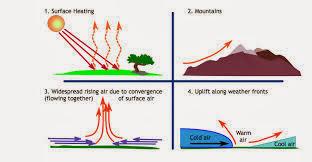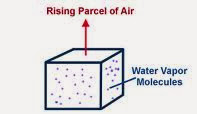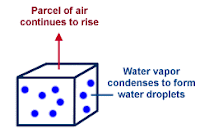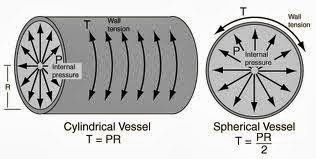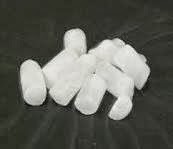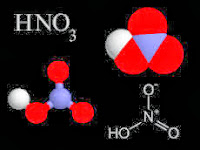 |
| Source - un.int |
On March 21st the world celebrated World Water Day 2013.
The day's theme reflected the theme already proclaimed at the beginning of 2013: Year of Water Cooperation.
World Water Day - Over the years
World Water Day has been observed since 1993.The themes for World Water Day have been:
2013: Year of Water Cooperation
2012: Water and Food Security: The World is Thirsty Because We are Hungry
2011: Water for cities: responding to the urban challenge
2010: Clean Water for a Healthy World
2009: Trans Waters
2008: Sanitation
2007: Coping With Water Scarcity
2006: Water and Culture
2005: Water for Life 2005–2015
2004: Water and Disasters
2003: Water for Future
2002: Water for Development
2001: Water for Health
2000: Water for the 21st century
1999: Everyone Lives Downstream
1998: Groundwater – The Invisible Resource
1997: The World's Water: Is there enough?
1996: Water for Thirsty Cities
1995: Women and Water
1994: Caring for our Water Resources is Everybody's Business
 |
Source - epa.gov
|
World Water Day has never emphasized New Water Sources:
- How to find them
- How to tap them
- How to deliver water from them to where it is needed by humanity or by nature
This missing empasis is especially tough to accept when we know that
(a) water exists everywhere
(b) everything contains water
in either solid, liquid or vapor form
What History tells us
 |
| Source - blog author |
* Over
10,000 years ago, humans dug a well to obtain freshwater from an under-ground
aquifer.
* Over 7,000 years ago, humans invented irrigation to deliver freshwater
to their crops.
* About 5000 years ago, humans built a 15-foot high barrier to
stop a river and create a lake from which they could extract freshwater at
will.
* Nearly 2,000 years ago, humans created waterwheels to raise freshwater to
elevations higher than that of lakes and flowing rivers.
* Some 150 years ago,
humans invented indoor piping which was soon followed by the in-home boiler to
supply domestic hot freshwater.
These inventions, of course, comprise only the
very top tip of the iceberg of human ingenuity applied to obtain, transport and
use freshwater from known bodies of water.
None
of the above actions were accidental or done without intention or taken to
satisfy intellectual curiosity. All of these actions were taken in the face of
adversity. The people, they are always individuals never organizations, who
made these inventions had their backs to the wall of water scarcity. They had
to eradicate the real possibility of everyone they knew dying from lack of
fresh water.
Searching for Water is NOT a new Task
As
the dates clearly indicate, our search for freshwater is not a search new for
us. Throughout our history, we have repeatedly reached the uppermost limits of
the amount of freshwater readily available from water sources we know, either
because our numbers grew too large or drought arrived. We have on a regular
basis covered the distance, literally speaking, to find new sources of adequate
freshwater supplies. There is now a large body of evidence that supports the
notion that freshwater scarcity was behind human migration out of Africa
135,000 years ago. Other major human migrations, like the one 9,500 years ago in
Chile were also in search of freshwater.
When
freshwater supplies diminish and we must find new sources of supply, the
promise of human ingenuity is a historic proven success story.
2013 - The Year of Water Exploration?





